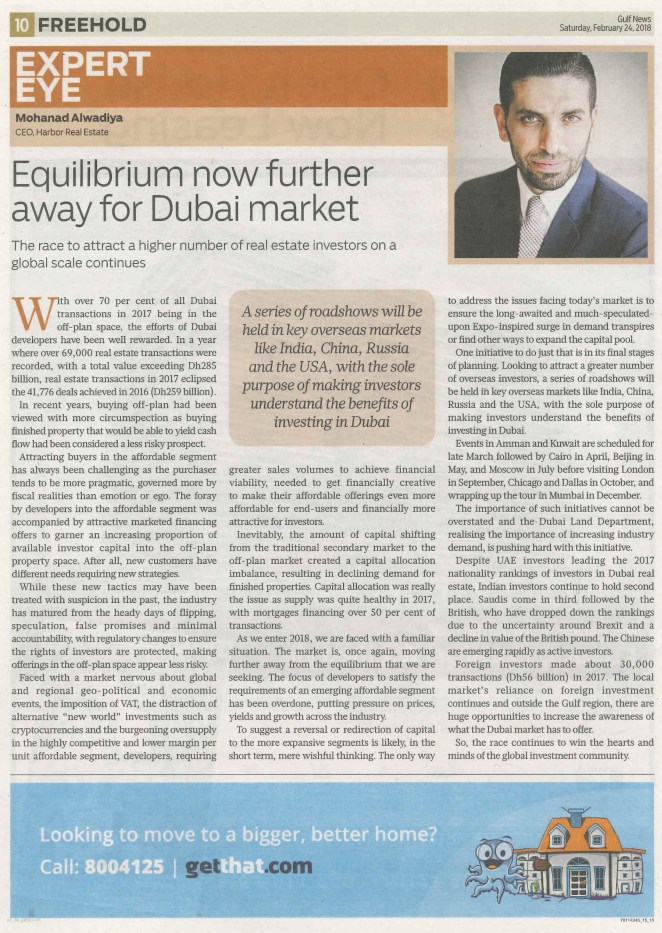If you are planning on expanding your business or simply relocating from your old office, the first major task at hand is determining how much office space you will require for your enterprise. Now, this is no easy task, and there are many considerations to be made as the decisions that you make at this stage can have a serious impact on how efficiently and effectively you will be able to conduct your business.
How so? Because your new office space will have a direct effect on your staff morale and productivity, impressions made on your new or potential clients or visitors to your office, and on your overall brand image as well.
When estimating space requirements, you first need to understand how you plan to arrange your employees so as to promote efficiency and productivity through the application of clever office spatial design. You must appreciate that allocating office space and configuring seating plans is very political, and egos within your staff can be either inflated or deflated depending on what you decide to do. So tread carefully, and make sure you can logically justify every decision that you will make.
For a start, everybody will have an argument as to why they must have their own office, or why their office needs to be bigger. Reasons, some valid and some not, will range from the need to keep confidential data and material away from prying eyes to the necessity to hold confidential meetings, to requiring a quieter work environment so as to concentrate better. Typically, its ego that’s the real driver behind such requests.
The easiest way to allocate work space is to do so on the basis of seniority requirements.
For example, I would generally allocate an office (or cabin) for the president, VP(s), CEO, general manager, directors, and anybody who deals with particularly sensitive information such as personnel managers or legal staff. The actual size of the offices is a function of seniority, how much of an impression you wish to make on clients, how efficient your office is in utilizing digital data storage, how many meetings are conducted with your clients or staff, and the size of the meetings that you will periodically conduct.
Depending on the above considerations, I would usually recommend to my clients that the offices should range in sizes from 40 sq.m. for presidents, 25 sq.m. for VPs to 15 sq.m. for general managers. Obviously, these sizes will vary according to business size and type, and you may find that many larger corporations actually will have guidelines as to what positions within the company warrant an office and how large it should be.
Cubicles or workstations tend to be of a more uniform size except where the organization employs team leaders or supervisors.
Employees such as secretaries, customer service reps, accountants, programmers, data entry, clerks and engineers generally require around 12 sq.m. to 15 sq.m. depending upon document storage requirements and desktop hardware such as computer screens, laptops, printers, scanners and telephones.
Estimating document storage is a critical factor. While every employee will probably require their own document filing cabinets, many businesses also need to provide for central file or document storage areas. This is one area where inefficiencies in data storage by employing digital storage capability can cost a company dearly by paying for, what in some situations may be premium space to simply store files which may be referred to only in emergencies. This is extremely inefficient, and alternative solutions such as digital data storage or offsite warehouse storage should be explored.
There are many additional spatial requirements that also need to be considered. Reception areas will logically depend upon the number of receptionists employed, but also be influenced by the number of visitors are typically received, and whether you utilize the reception area as a waiting area as well.
Conference and meeting rooms are always an interesting topic of discussion. It always seems that there are never enough, and many companies have quite elaborate online booking systems for staff to reserve the meeting room of their choice. Rule of thumb would suggest that a conference room should be 5 sq.m. with 2.5 sq.m. allowed for each seated person. Obviously items such as projection equipment, screens, sizes of conference tables and spare seating would need to be factored in before a final size could be determined.
Depending on the size of the organization and the actual amount of mail traffic expected, the mail room can be anywhere between 15 sq.m. to 30 sq.m. The process for distributing mail will play a large part in determining space requirements as systems utilizing “pigeon holes” can be quite space intensive.
Lunch and break rooms are very important for employee morale and can add to productivity as well as they often promote teamwork and cross-functional dialogue. Make sure that you provide a comfortable space for your employees by allocating at least 7 to 10 sq.m. plus 2.5 to 3 sq.m. per person seated.
Finally, do not get caught in the trap of outgrowing your premises halfway through the lease period. Calculate your future space requirements based upon your projected growth plan. Many organizations neglect to factor in the possibility of growing by at least 25% over the ensuing 5 years, and find themselves desperately short of space with no convenient place to expand to. While you may have unutilized areas in the initial period of the lease, this is far cheaper than having to either terminate a lease to relocate or have a second office situated in a different address.





